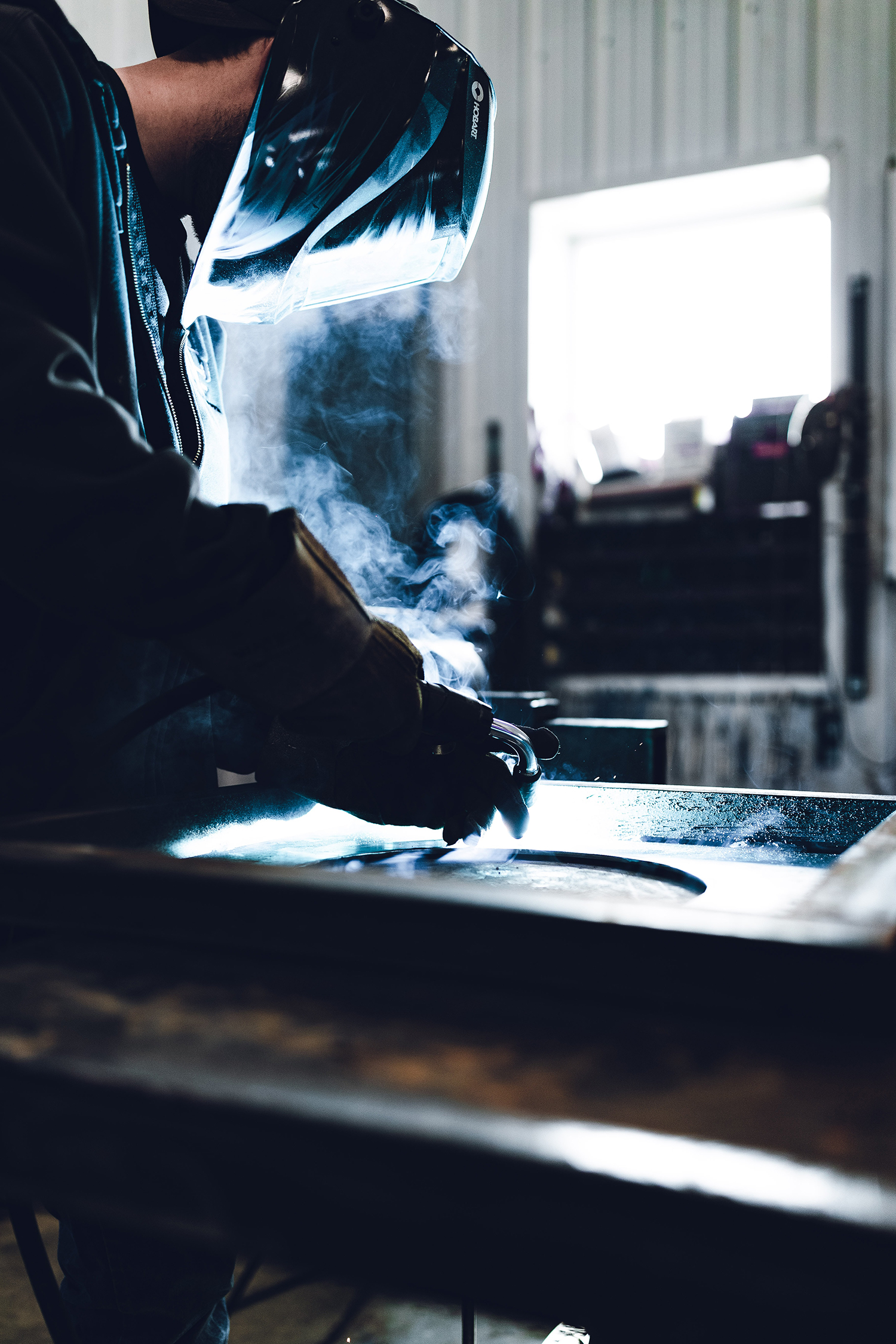I’m pretty sure all of my fellow welders who are reading this post know what’s at stake when you’re performing a welding task. You want to weld it properly and precisely but of course to do that, you have to have a healthy pair of eyes and also an unharmed face and neck. You can’t do anything properly unless you are perfectly healthy. When it comes to welding, if you don’t wear the right helmet before you start working, then that might turn out to be the last time ever you weld something. So here are 5 things that need to be considered before you buy your welding helmet:
- Lens
- Safety Standards
- Weight
- Power
- Switching speed of lens
Buy your helmet keeping the above words in mind and you will be surprised to see the amazing results to your welding tasks. But now, it’s time for a broader view to these factors so that you know what these words actually mean.
Know Your Lens
It actually depends on how much significance you are willing to giving to your job and your health when it comes to choosing between a single fixed shade lens helmet and a variable shade lens helmet. I understand that you might be on budget, so you might end up buying a standard welding helmet with a #10shade that will protect your eyes from basic static UV and IR but nothing more than that. This might be the best type of cheap welding helmet you can find in the market right now. But keep in mind that if you are using this helmet, you will need to lower the helmet with a not or a snap to flip it down every time you weld and then lift it back up to see what you did. You will have to keep the torch steady without looking. This will hamper your productivity.
Otherwise, if you are willing to increase your budget a bit for the sake of the quality of your work, you can go ahead and buy the more highly recommended option, the variable shade welding helmet. This has auto-darkening filter and also uses electronic filter lens. In simpler words, the lens of this helmet will work as a simple sunglass as the lens will have shades of #3 to #4 but once the welding arc starts, it will switch automatically to #9-#13 shades to darken the lens without having to lifting the helmet up and down every time you light up the torch.
So if you are trying to be good at welding, I would suggest looking into some variable shade helmets and buying one instead of going with the lower budget standard helmets.

Looking into the Safety Standards
The helmet you will be buying needs to pass some regional safety standards, ANSI if you are residing in the US, CSA if you are in Canada and so on. If you are anywhere in Europe, your helmet must be marked “CE”. These standards meet the general safety guidelines for the helmets that are needed to be safe while performing welding.
Keep an eye on the Helmet Weight
You don’t want to wake up after day of welding and find yourself in neck pain all because you wore a heavy helmet while welding. Also, it will cause fatigue so your overall performance on your next task won’t be very pleasing as a result to that. So make sure to pick a helmet that meets all the requirements including it being as light as possible.
Solar Powered or Battery
Let’s say you took my advice and decided to go with the Variable Shade Welding helmets. Now for its power, there are two options, Solar Power and Battery.
If you buy the one assisted by solar panels, you will be needing to charge the helmets for a long period of time under direct sunlight which will consume a lot of time in your work if you have a busy schedule for welding.
Battery powered helmets on the other hand does not have to be charged every once in a while, if you are using the ones powered by lithium batteries. These will cost more but will have extended battery life. Of course you can also go with the budget AAA battery powered helmets which are more available and cheaper when with comes to replace the batteries.
Switching Speed
Again, considering the fact that you are going with the better option of Variable Shades, you have to consider the switching speed of your lens of your helmet as well. When you are taking welding professionally and have to spend numerous hours on it every day, if you are using beginner level helmets with poor minimal switching speed that is going to cause fatigue to your eyes. So better buying a helmet with intermediate level switching speed of lens instead of tiring your eyes at end of every day after you are done with the welding.
So, no one can stop you from becoming the greatest welder alive, now that you know what to consider before buying your welding helmet. I’ll wrap this up with some widely known names of welding helmets that meets the above factors. Go and check these out:
- Lincoln Electric 3350 Series
- Miller Digital Elite
- Jackson Safety BH3
- Esab SENTINEL A50
- Antra AH6-260-0000
- Jackson Safety HSL100
- Hobart 770756 Impact Variable
Remember, it’s not all skills, helmet is the key.






